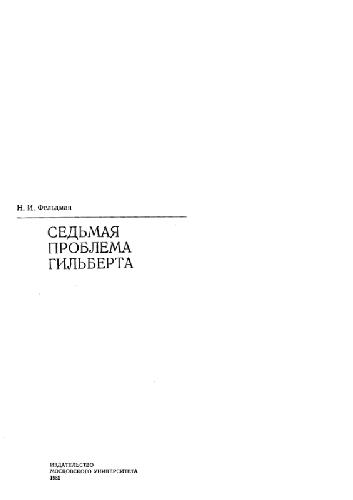- 2 402 202 книги
- Поиск
libcats.org







The Three-Piece Suit and Modern Masculinity: England, 1550-1850
David Kuchta39 b/w photographs In 1666, King Charles II felt it necessary to reform Englishmen's dress by introducing a fashion that developed into the three-piece suit. We learn what inspired this royal revolution in masculine attire--and the reasons for its remarkable longevity--in David Kuchta's engaging and handsomely illustrated account. Between 1550 and 1850, Kuchta says, English upper- and middle-class men understood their authority to be based in part upon the display of masculine character: how they presented themselves in public and demonstrated their masculinity helped define their political legitimacy, moral authority, and economic utility. Much has been written about the ways political culture, religion, and economic theory helped shape ideals and practices of masculinity. Kuchta allows us to see the process working in reverse, in that masculine manners and habits of consumption in a patriarchal society contributed actively to people's understanding of what held England together. Kuchta shows not only how the ideology of modern English masculinity was a self-consciously political and public creation but also how such explicitly political decisions and values became internalized, personalized, and naturalized into everyday manners and habits.
Скачать книгу бесплатно (pdf, 3.09 Mb)
Читать «The Three-Piece Suit and Modern Masculinity: England, 1550-1850»
Читать «The Three-Piece Suit and Modern Masculinity: England, 1550-1850»
EPUB | FB2 | MOBI | TXT | RTF
* Конвертация файла может нарушить форматирование оригинала. По-возможности скачивайте файл в оригинальном формате.
Популярные книги за неделю:

Проектирование и строительство. Дом, квартира, сад
Автор: Петер Нойферт, Автор: Людвиг Нефф
Размер книги: 20.83 Mb

Система упражнений по развитию способностей человека (Практическое пособие)
Автор: Петров Аркадий НаумовичКатегория: Путь к себе
Размер книги: 818 Kb

Сотворение мира (3-х томник)
Автор: Петров Аркадий НаумовичКатегория: Путь к себе
Размер книги: 817 Kb

Радиолюбительские схемы на ИС типа 555
Автор: Трейстер Р.Категория: Электротехника и связь
Размер книги: 13.64 Mb
Только что пользователи скачали эти книги:

Седьмая проблема Гильберта
Автор: Фельдман Н.И.Категория: Mathematics, Number theory
Размер книги: 4.09 Mb

Policing Space: Territoriality and the Los Angeles Police Department
Автор: Steve HerbertКатегория: others
Размер книги: 8.69 Mb

Industrial Microbiology: An Introduction
Автор: Michael J. Waites BSc, Автор: PhD, Автор: CBiol, Автор: MIBiol Neil L. Morgan BSc, Автор: PhD, Автор: MIFST John S. Rockey BSc, Автор: MSc, Автор: PhD Gary Higton BSc, Автор: PhDКатегория: microbiology
Размер книги: 1.96 Mb






